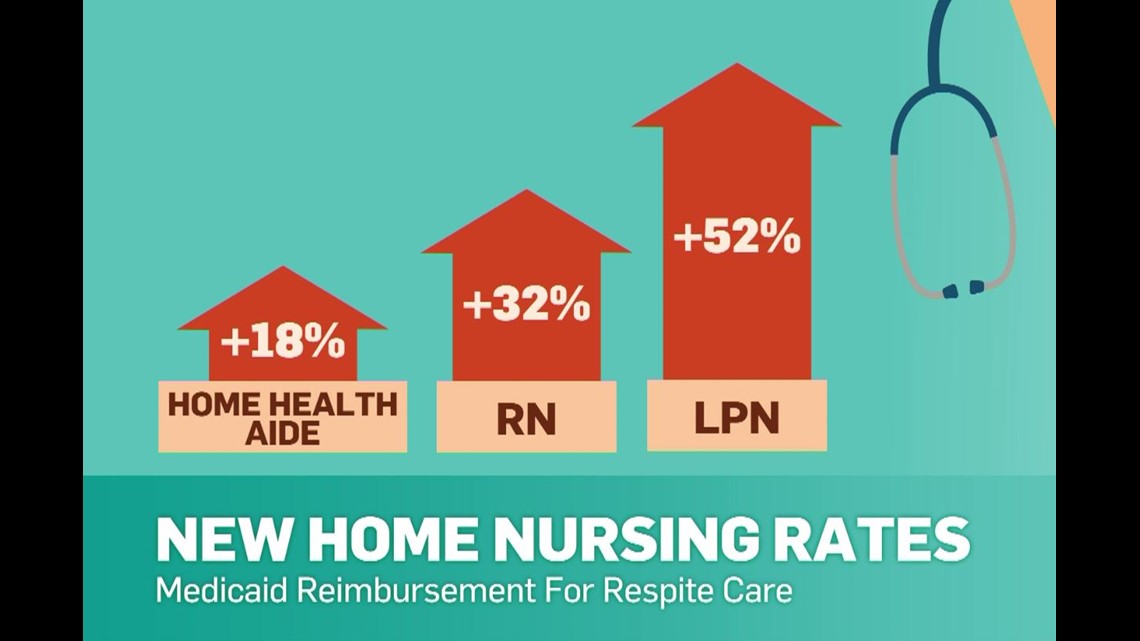Before signing up with the Foundation in 1917, Gunn's profession was mostly confined to urban and state level public health issues. It was from tampar, who Gunn first satisfied when he was responsible for the Structure's European office in Paris, that he discovered social medication, in particular about rural health and the linkages between rural health and other sectors particularly that of agriculture.
Gunn composed the intro to the League of Nations Health Company Conference on Rural Health that was kept in Bandoeng, Indonesia, in 1937a acknowledged public health "mile-stone". The conference approached the problem of rural hygiene from an "intersectoral and interagency perspective and focused not only on the need to improve access to modern medication and public health but likewise on the fundamental challenges of education uplift, economic development, and social development".
As crucial as this conference was, there is little direct evidence that it had an effect on international health thinking following The second world war, hence the concern marks in Figure 1. A schematic portrayal of the origins of PHC (Author). This quick overview has actually looked for to trace what are, in my view, a few of the primary actions and characters in the formation of the main healthcare idea.
An Unbiased View of A Health Care Professional Who Is Advising A Patient About The Use Of An Expectorant
The Alma Ata statement was much criticized for being too idealistic and having an impractical timescale. However, PHC changed the way health was interpreted and drastically transformed prevailing designs for arranging and providing care. Specific approaches have because been made for the control and avoidance of diseases but over the last few years the World Health Company has actually again promoted PHC and a lot of its concepts highlight the new technique of WHO to universal health coverage.
Health by the Individuals. Geneva: World Health Company; 1975. [PubMed: 1181735]; Djukanovic V, Mach EP, editors. Alternative Methods to Satisfying Basic Health Requirements of Populations in Establishing Nations. Geneva: World Health Organization; 1975.; Litsios S. The Christian Medical Commission and the Development of the World Health Organization's Primary Healthcare Method.
2004; 94( no. 11):18841893. [PMC complimentary post: PMC1448555] [PubMed: 15514223] 2 Freire P. The Pedagogy of the Oppressed. New York: Seabury Pres; 1970.; Illich Ivan. Tools for Conviviality. London: Calder and Boyars; 1973.; Schumacher EF. Little is Beautiful: A Study of Economics as if Individuals Mattered. New York City: Harper & Row; & Row; 1973.
The Definitive Mental Health Facility Guide for What Is Health Care Reform
Health in the Developing World. Ithaca: Cornell University Press; 1969.; King M, editor. Healthcare in Establishing Countries. Nairobi: Oxford University Press; 1966.; Fendall NRE. Kenya's Experience: Planning Health Providers in Developing Countries. Public Health Reports. 1963; 78( no. 22):977988. [PMC free article: PMC1915383] [PubMed: 14084874]; Litsios S. John Black Grant: A Twentieth Century Public Health Giant.
2011; 54( no. 4):532549. [PubMed: 22019538]; Bullock MB. An American Transplant: The Rockefeller Structure & Peking Union Medical College. Berkeley: University of California Press; 1980.; Healthcare for the Community: Selected Papers of Dr John B. Grant Seipp Conrad, editor. The American Journal of Hygiene. no. 21. 1963.; Fendall NRE.
The Lancet. 1964; 284( no. 11):5356.; Kark SL. Epidemiology and Community Medicine. New York: Appleton-Century-Croft; 1974.; Roemer M. Rural Health Programs in Different Countries. Milbank Memorial https://goo.gl/maps/GLSXNWgDWWb8n3CG7 Fund Quarterly. 1948; 26( no. 1):5887. [PubMed: 18898210]; Fee E, Brown T, editors. Making Case History: The Life and Times of Henry E. Sigerist. Baltimore: The Johns Hopkins University Press; 1997.
An Unbiased View of How To Lower Health Care Costs
Serving the Cause of Public Health: Selected Documents of Andrija tampar. Zagreb: University of Zagreb; 1966. 4 Sigerist HE. Yugoslavia and the Eleventh International Congress of the History of Medicine. In: Roemer M, editor. Henry E. Sigerist on the Sociology of Medication. New York City: MD Publications, Inc.; 1960. 5 Sigerist HE.
In: Roemer M, editor. Henry E. Sigerist on the Sociology of Medication. New York City: MD Publications, Inc.; 1960. p. 290. 67See Litsios S. Selskar 'Mike' Gunn and Public Health Reform in Europe. In: Borowy Iris, Hardy Anne, editors. Of Medicine and Men: Biographies and Ideas in European Social Medicine between World Wars.
Main Health Medical Group complies with suitable Federal civil rights laws and does not discriminate on the basis of race, color, nationwide origin, age, impairment, or sex. Overpayment and refund requests are processed by the billing department. why was it important for the institute of medicine (iom) to develop its six aims for health care?..
Excitement About Why Should Rising Health Care Costs Be Controlled?
PRIMARY HEALTH CARE (PHC) Definition: Is the necessary care based on useful, scientifically sound and socially acceptable technique and technology made widely accessible to people and families in the community through their full involvement and at a cost they and the nation can afford to preserve in the spirit of self dependence and self determination.
Addresses the primary health issue in the community offering promotive, preventive, alleviative and rehabilitative services. It consists of education worrying prevailing illness and the approaches of avoiding and managing them. It includes, in addition to the health sector, all related sectors and aspects of national and community development example, Farming, education, real estate and so on.
It forms an essential part of the country's health system. It is the first level of contact of individuals, the family and the neighborhood with the national health system bringing health care as close as possible to where people live and work. 2 Focus on concerns essential health care 3 Scientific basis.


The smart Trick of Which Of The Following Health Professionals Is Least Likely To Be A Primary Health Care Provider? That Nobody is Talking About
socially acceptable approaches and technology. 5 Equity. made generally available to people and families in the neighborhood. 6 Neighborhood participation. Through their complete participation. 7 Sustainability and self- reliance. at a cost that the community and country can manage to keep at every phase of their advancement in the spirit of self-reliance and self-determination.
The existing gross inequality in the health status of individuals particularly between industrialized and developing nations is politically, socially and financially unacceptable. Economic and social advancement, based on a brand-new global financial order is of fundamental significance to the max attainment of health for all. Individuals have the right and responsibility to get involved separately and collectively in the preparation and implementation of their healthcare.
All federal government needs to create national policies, strategies and strategies to launch and sustain main health care. All nations ought to comply in a spirit of partnership and service to ensure PHC for all individuals. An appropriate level of health for all the people of the world by the year 2000 can be attained through an additional and much better usage of the world's resources.
Some Known Factual Statements About What Is Health Care Reform
NEIGHBORHOOD PARTICIPATIONIs the whole mark of main health care, without which it will not prosper. Neighborhood participation is a procedure by which people and household assume duty for their own health and those of the community and establish the capability to contribute to their/and the neighborhood development. Participation can be in the area of recognition of needs or during implementation.
Involvement is much easier at the ward or village level since the problem of heterogeneity is removed. BENEFITS OF COMMUNITY PARTICIPATION-It addresses the felt health requirements of the people-It ensures social obligation amongst the community-It guarantees sustainability-It ensures cost sharing-It ensures improvement of knowledge-It encourages intersectoral partnership INTER SECTORAL COLLBORATIONThis is the coordination of health activities with other sectors; such sectors consist of Education, Financing, Farming, Information and so on.